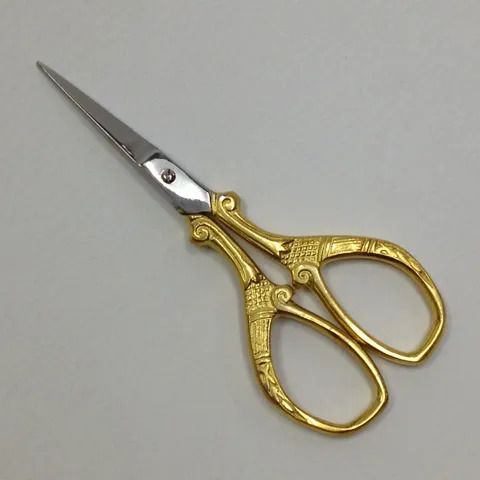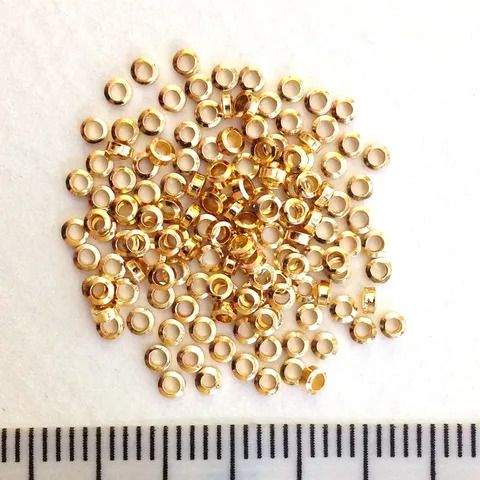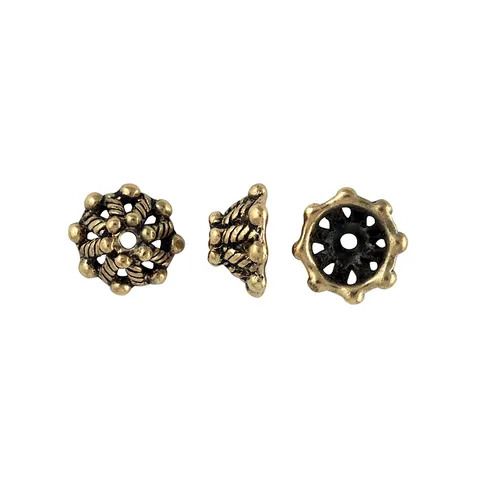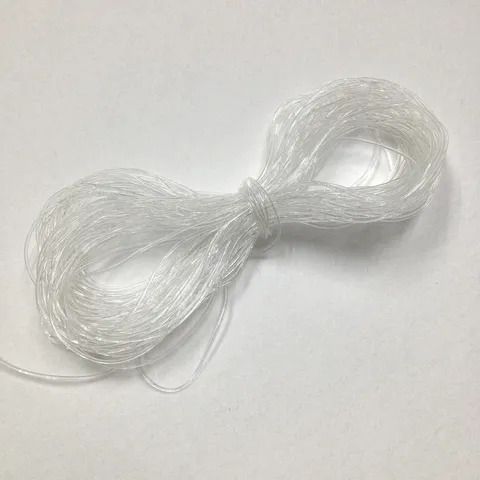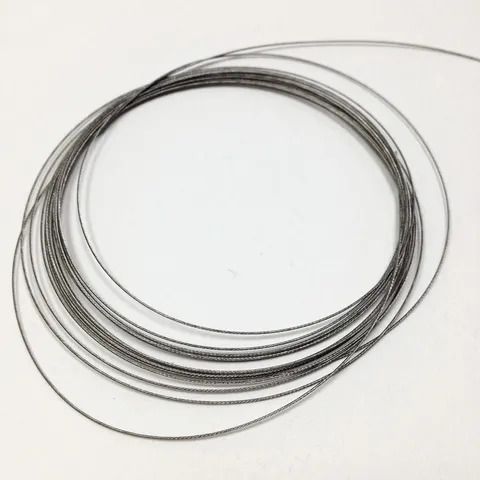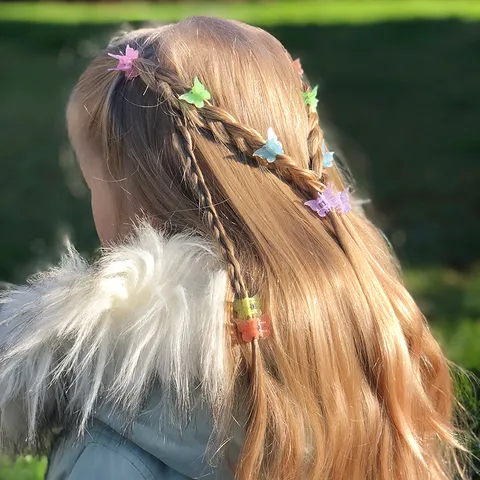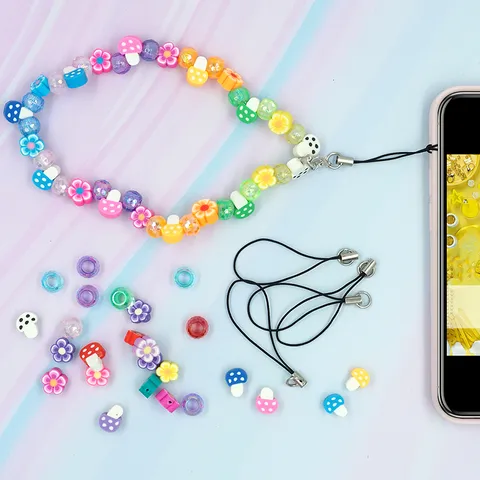Tools For Jewellery Making: Create Stunning Jewellery Pieces with Our Tools and Supplies
If you're interested in jewellery making, having the right tools is important. We understand the crucial role that quality tools play in crafting exquisite jewellery pieces, which is why we’ve written this quick guide to the implements you might like to have sitting on your desk to ensure you can tackle almost all projects.
What kinds of tools do I need for jewellery making?
Pliers and Scissors
Pliers (e.g., round-nose, flat-nose, and wire cutters) are indispensable tools for jewellery making, used for bending wire, opening and closing jump rings, and cutting materials. Scissors are handy for trimming threads and cords with precision.
Clasps and Toggles
Clasps and toggles are closures used to secure jewellery pieces, such as necklaces and bracelets. They come in different designs, including lobster clasps, spring rings, and toggle clasps, providing both functionality and style.
Crimpers
Crimpers are tools used to secure crimp beads or tubes onto beading wire, creating a neat and secure finish for jewellery projects. They ensure that beads stay in place and prevent wire from slipping out of clasps.
Keychains
Keychain components like rings, chains, and charms can be used to create custom keychains with personal touches or thematic designs, ideal for gifts or promotional items.
Bead Caps
Bead caps are small metal or plastic components used to cover and enhance the ends of beads in jewellery designs. They come in various shapes, sizes, and finishes, adding a decorative touch to your beadwork.
Bead Thread, Cord, and Stringing Materials
Essential for stringing beads, these materials include threads like nylon, silk, or cotton, as well as cords such as leather or satin. Choose the appropriate thread or cord based on the beads' size, weight, and design requirements.
Beading Wire
Beading wire is a flexible, sturdy wire used for stringing beads that require more structure than thread or cord. It's available in different thicknesses (gauges) and materials like stainless steel or nylon-coated wire.
Chains
Chains are versatile components used in necklaces, bracelets, and anklets. They come in various styles, such as cable, curb, and snake chains, offering options for different jewellery aesthetics.
Charms
Charms are small decorative pendants or trinkets that add personalisation and charm to jewellery pieces. They can represent symbols, sentiments, or interests and are often attached to bracelets or necklaces.
Hair Accessories
Hair accessories like combs, clips, and pins can be incorporated into jewellery designs, especially for creating unique pieces like hair ornaments, tiaras, or embellished hairpins.
Findings
Findings refer to small components like jump rings, eye pins, head pins, and bead caps used to connect and finish jewellery pieces. They are essential for adding functionality and completing the overall look of your designs.
Mobile Charm Cords
These cords are specifically designed for creating charms or decorative elements for mobile phones, adding a touch of style and personality to mobile accessories.
Necklaces and Bracelets Components
This category includes chains, clasps, connectors, and beads specifically designed for creating necklaces and bracelets. Choose components that complement your design and provide durability and functionality.
What kinds of jewellery can I make?
Here are some examples of jewellery you can make using tools from here at Arbee:
- Beaded Necklaces and Bracelets: Use bead thread, cord, and stringing materials along with beads, charms, and findings to design beautiful beaded necklaces and bracelets. Experiment with different bead sizes, colours, and patterns to create unique designs.
- Wire-Wrapped Pendants: Utilise beading wire, jewellery pliers, beads, and charms to create wire-wrapped pendants. Wrap beads or stones with wire to form intricate designs and attach them to chains or cords to make stunning necklaces.
- Brooch Embellishments: Incorporate brooches into your jewellery designs by attaching them to necklaces, bracelets, or even using them as decorative elements on bags or hats. Combine brooches with beads, charms, and chains for a versatile and elegant look.
- Charm Bracelets: Use a variety of charms, beads, chains, and clasps to design charm bracelets that reflect your personality or tell a story. Mix and match different charms and beads to create customised and meaningful bracelets.
- Keychain Charms: Create unique keychain charms using keychain components, beads, charms, and findings. Personalise keychains with initials, symbols, or themed designs to make thoughtful gifts or promotional items.
- Hair Accessories: Design hair accessories such as hairpins, combs, or clips using beads, charms, chains, and wire. Incorporate colourful beads, sparkling charms, and decorative elements to add flair to your hair accessories.
- Mobile Phone Charms: Make decorative charms for mobile phones using mobile charm cords, beads, charms, and findings. Design charms that reflect your style or interests and attach them to mobile charm cords for a personalised touch to your phone.
- Jewellery Sets: Create coordinated jewellery sets including necklaces, bracelets, and earrings using matching or complementary beads, chains, charms, and findings. Design sets for special occasions or everyday wear for a cohesive and polished look.
Why is it important to have the right tools for jewellery crafting?
Having the right tools for jewellery crafting is essential for several reasons. Firstly, it ensures precision and accuracy in your work, allowing you to create intricate designs and detailed finishes. The correct tools also enhance efficiency, making tasks like bead stringing, wire wrapping, and clasp attaching more manageable and less time-consuming. Moreover, quality tools contribute to the durability and longevity of your jewellery pieces, ensuring they withstand daily wear and maintain their beauty over time. Additionally, using appropriate tools enhances safety by reducing the risk of injuries or damage to materials.

